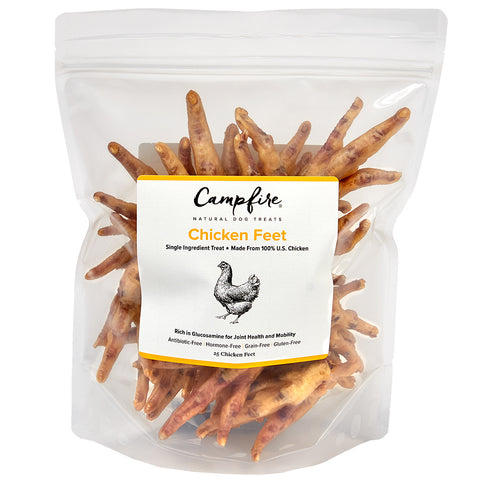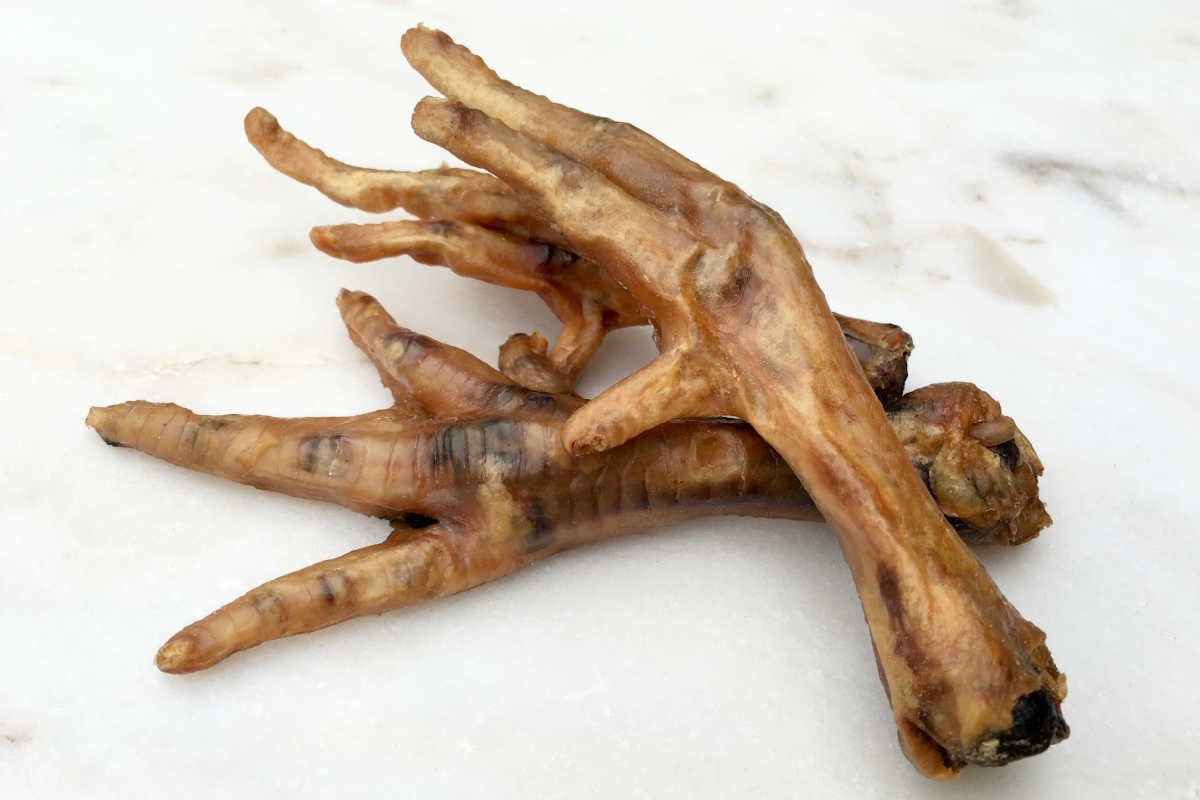So long as they aren’t cooked, chicken feet present very few risks. The nails can be sharp, so if they haven’t been trimmed you may want to do that. But if your dog is fit and healthy, these treats should not cause any problems.
Mazlan has previously kept guinea pigs, fish, chickens, ducks, and rabbits as pets, but he is now content to be surrounded by only four cats.
About 20% of adult dogs are afflicted with osteoarthritis. While there are many treatments available to help reduce the pain, prevention is always preferable to treatment. In this article, the advantages of using chicken feet as a natural remedy for dogs with arthritis are discussed.
The same degenerative conditions that affect humans, like osteoarthritis, also affect cats and dogs. For dogs, the cruciate ligament is the main problem. The ligament deteriorates over time, leading to secondary osteoarthritis. Playing fetch, climbing stairs, or even getting into cars will be challenging for your dog.
Dog arthritis takes time to develop and is only apparent once the cartilage has already been damaged. For a quicker intervention, it is crucial to be aware of these early indications of canine arthritis:
Several therapies are available to lessen discomfort and support cartilage regeneration. This may take the form of treatments such as medicine and surgery. In some cases, weight management is recommended.
Many holistic veterinarians advise giving dogs glucosamine, chondroitin, omega-3, curcumin, methylsulfonylmethane (MSM), and bromelain supplements to treat their arthritis for the following reasons:
However, some of the supplements for veterinary arthritis are synthetically made, expensive, and not derived from natural sources.
Can Dogs Eat Raw Chicken Feet?
Because chicken feet are rich in glucosamine and chondroitin, proponents of feeding your dog chicken feet claim that they can be a wonderful, nourishing treat for older and aging dogs. In fact, giving an elderly dog glucosamine and chondroitin supplements can help relieve sore joints. Since chicken feet are primarily made of bones and ligaments, they also make excellent dental treats because the crunchy bones and connective tissues can help remove any tartar that may have built up on the teeth. However, the fact remains that its still raw chicken. The risk of parasites and bacteria is the main danger of providing your dog with a raw diet or raw treats. According to studies, 20–48% of raw meat diets tested had Salmonella contamination, and 18 of the Salmonella strains were found to be resistant to 12 of the 16 antibiotics that were tested against them. In a second, smaller study, 30% of the stools and 80% of the homemade raw chicken diets tested positive for salmonella.
Raw chicken, however, doesnt just carry a risk of Salmonellosis. It may also contain different kinds of bacteria. According to studies, 29% to 74% of chicken sold in stores and intended for human consumption tested positive for Campylobacter, and 15% to 34% of chicken tested positive for Listeria. In light of this, purchasing chicken feet from the butcher shop might not be the best choice.
Aren’t Chicken Bones Dangerous for Dogs?Most of us have at least once received the well-intended advice to never give chicken bones to a dog. No matter how often repeated, this advice is only partially correct. It is true that the bones of cooked, boiled or fried chicken should
Farmers markets, butcher shops, and occasionally the meat section of grocery stores regularly carry raw chicken feet. If you don’t like eating raw food, try dehydrated chicken feet instead. Dried chicken feet have the benefit of being simpler to handle and store than fresh ones. Additionally, the dehydrated chicken feet’s crunchy texture has more effective teeth-cleaning properties.
We strongly caution against purchasing dehydrated chicken feet that were imported from China. Pet food recalls over the past few years, particularly of chicken products from China, show that no efficient quality control measures have yet been put in place, despite the fact that they may be a few cents cheaper than local chicken feet.

All-Natural Dehydrated Chicken Feet
How Do You Prepare Raw Chicken Feet For Dogs
You don’t need to do anything to get your dog some raw chicken feet. You can just let them eat it like it is. I advise dehydrating or freeze-drying them to reduce the smell.
Dried chicken feet are healthy dog treats for your pet. Your dog will enjoy chewing on them, and you can relax knowing that they are giving them a nutritious treat devoid of dangerous additives or unwholesome ingredients.

You can give your dog frozen free-range chicken feet. This is a tasty treat on a hot day and a good way to reduce the smell and extend the shelf life of the chicken feet.
FAQ
Are raw chicken feet good for dogs?
They are fully digestible for dogs. Chicken feet primarily consist of skin, connective tissue, and cartilage, minus a few tiny bones. This is what makes them easily digestible. This also includes their nails.
How do you prepare raw chicken feet for dogs?
Place the feet in the dehydrator in a single layer and dry for 24 hours at 170 to 200 degrees. Prepare the feet and put them on a baking sheet with parchment paper to bake them. Spray them lightly with a cooking oil suitable for dogs, then bake them at 200C/400F for 30–40 minutes, or until the feet are crispy.
Can I feed my dog frozen raw chicken feet?
Yes, chicken feet are safe for dogs to eat. These healthy, natural treats are a great way to simultaneously give your dogs something to chew on and give them important nutrients.